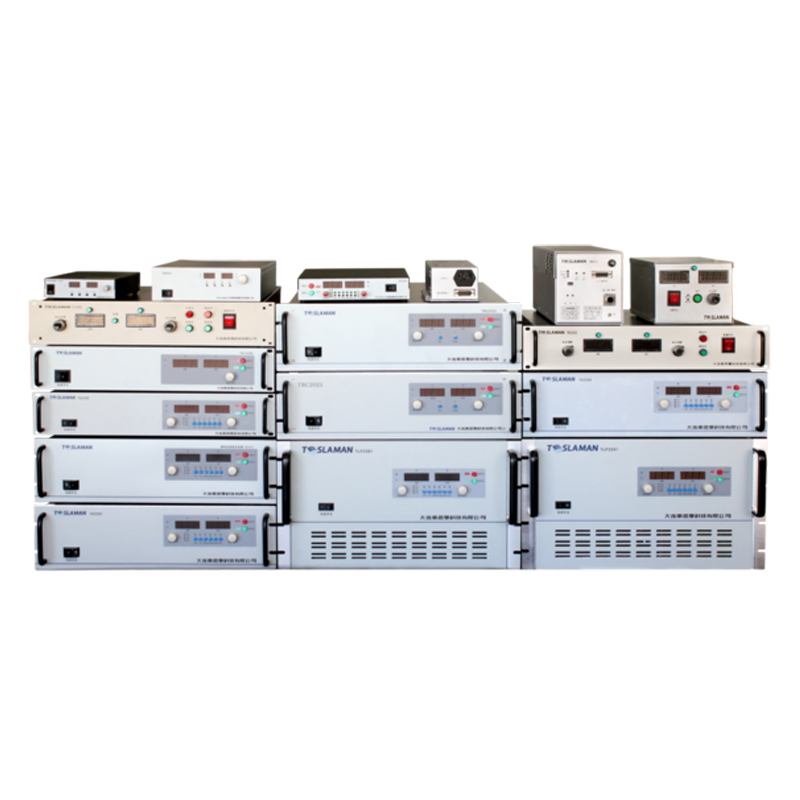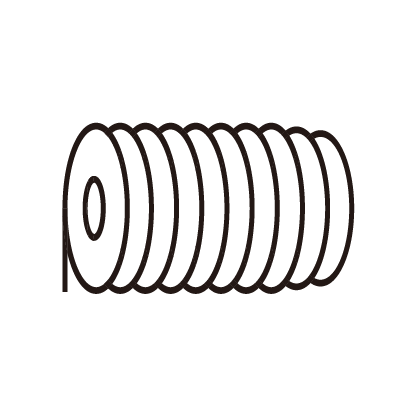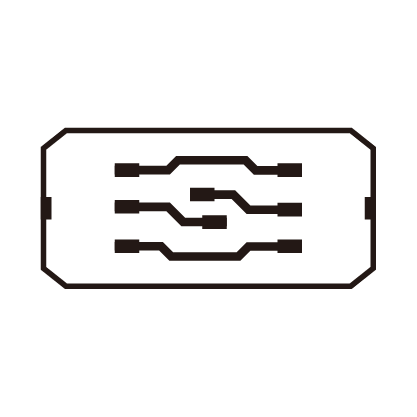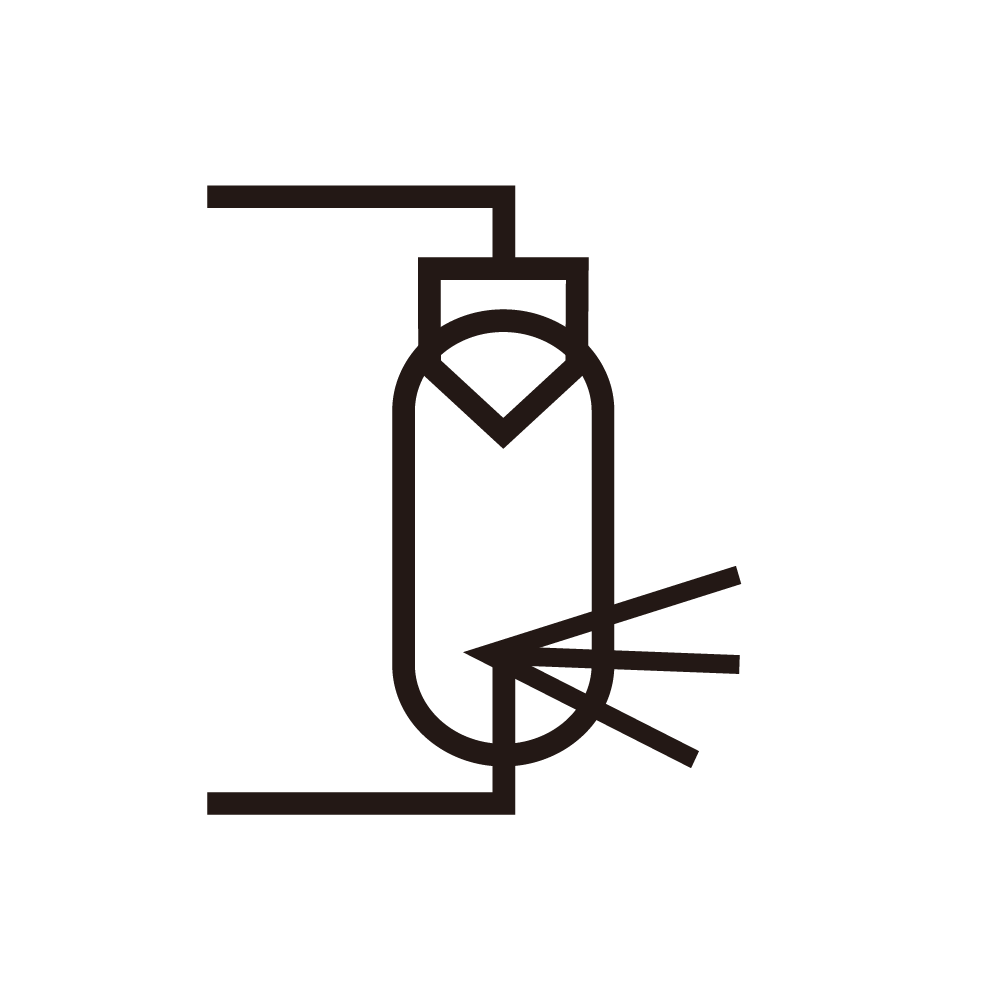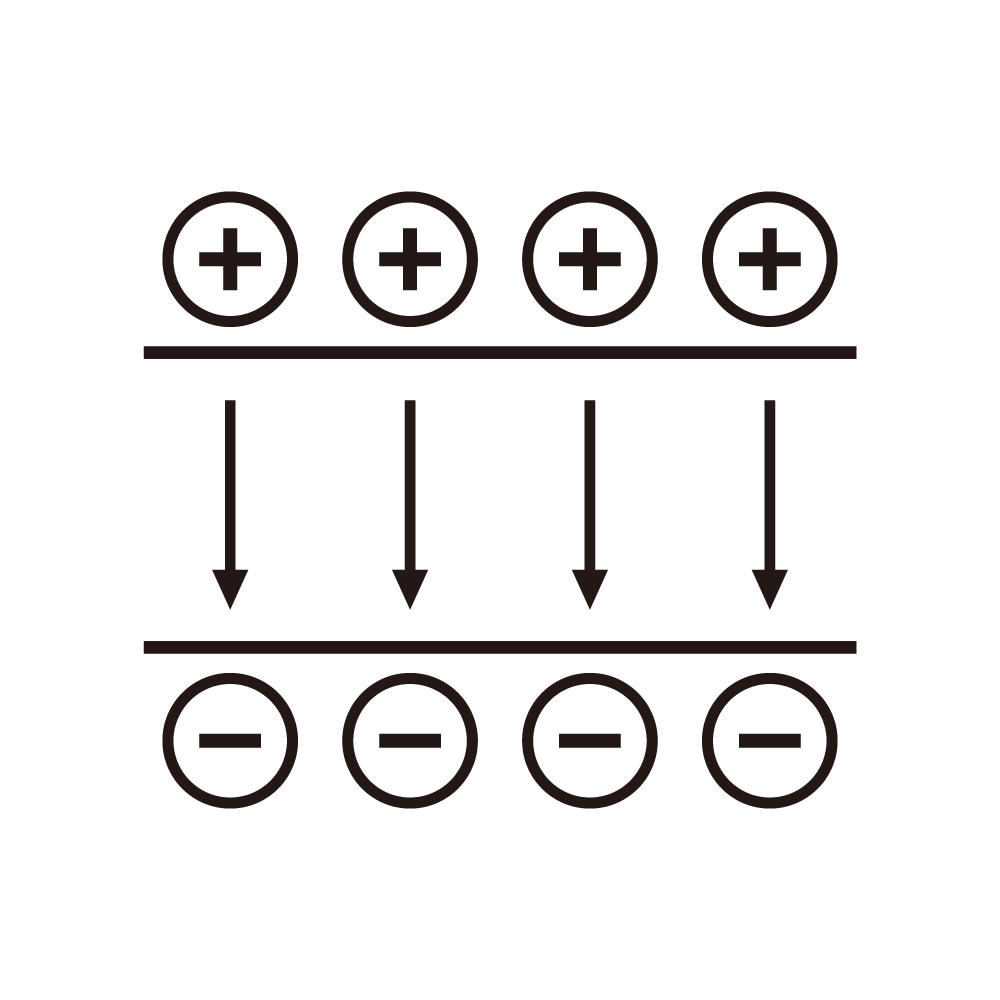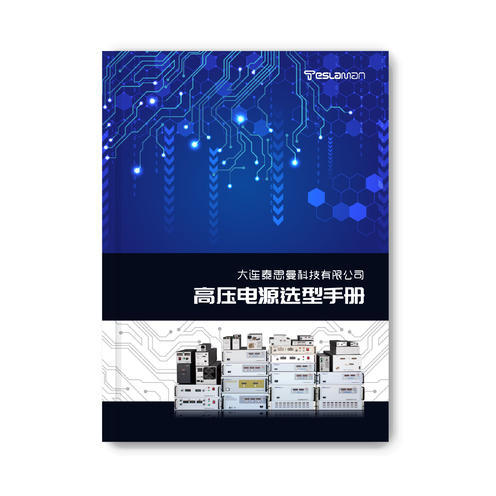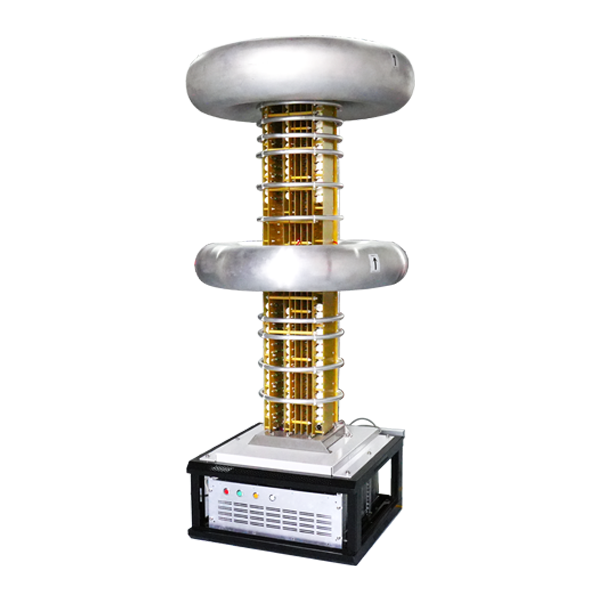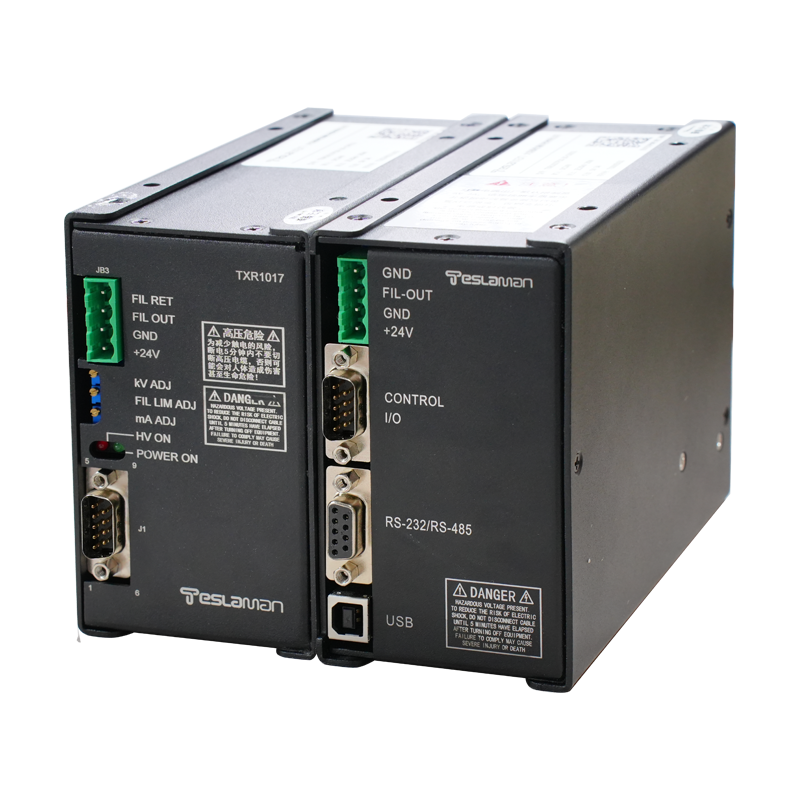Electrode Anti-Corrosion Material Selection and Surface Treatment in High-Voltage Power Supplies for Water Purifiers
In water purification systems employing electrolysis, ozone generation, or plasma-based sterilization, high-voltage electrodes are constantly exposed to corrosive aqueous environments. The durability and performance of these electrodes depend on material selection and advanced surface treatment techniques designed to resist both chemical attack and electrochemical erosion.
Electrode materials must exhibit high conductivity, corrosion resistance, and mechanical stability. Titanium and its alloys are commonly used as substrates due to their excellent corrosion resistance and low density. However, their natural oxide layer is electrically resistive. To enhance conductivity and catalytic activity, noble metal oxide coatings such as ruthenium oxide (RuO₂), iridium oxide (IrO₂), or mixed Ru-Ir oxides are often applied.
Surface coating techniques like thermal decomposition, plasma spraying, or physical vapor deposition (PVD) ensure strong adhesion and long-term stability. Multi-layer composite coatings combining conductive underlayers and catalytic outer layers provide both durability and performance. Adjusting coating composition and microstructure enables optimization between activity and service life.
Microtextured or porous surface designs can further enhance electrochemical efficiency by increasing the active area and improving gas release dynamics during electrolysis. Laser texturing or micro-etching processes can create such structures without compromising substrate integrity.
The associated high-voltage power supply should incorporate output smoothing and transient suppression circuits to prevent electrode degradation due to voltage spikes or ripple. Employing soft-switching techniques and active regulation minimizes electrical stress on the electrode interface.
Through careful material engineering, surface processing, and power control integration, electrode lifespan can be significantly extended, ensuring stable and efficient operation of water purification systems under prolonged exposure to harsh environments.
